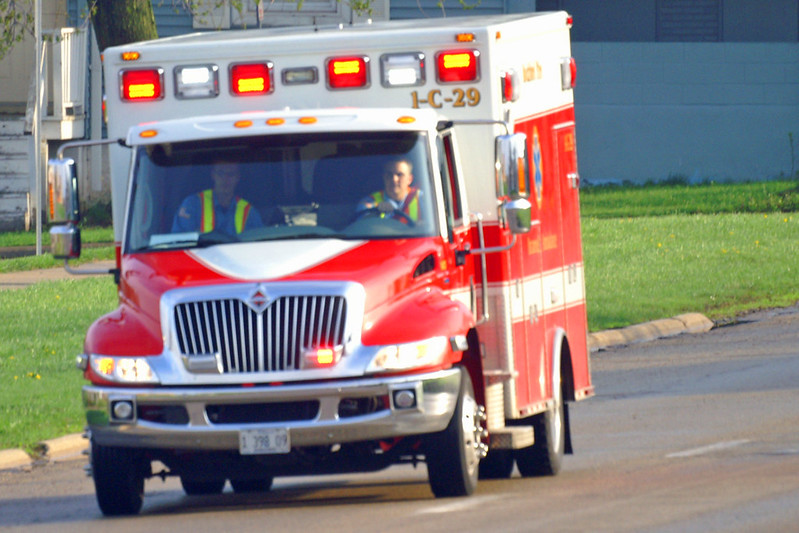As a 17-year-old fresh out of emergency medical technician (EMT) training, I was eager to complete my first ambulance call. The thought of rushing to someone’s rescue excited me. In fact, providing immediate, lifesaving care is what drew me to become an EMT in the first place. When my pager beeped on that fateful Wednesday afternoon, I hastened to corps headquarters. Once at the ambulance corps, I hopped into the ambulance along with my captain and another newly graduated EMT, and we pulled off with lights and sirens blazing.
En route to the scene, I listened intently as the captain informed us that the call was for an opioid overdose. I immediately considered Narcan, a fast treatment for opioid overdose, and recalled how it was administered as we arrived on scene. I quickly grabbed the supply bag and followed my captain up a flight of stairs. As I reached the top of the stairs, I was stunned to see a slender young man wearing a feather boa and holding a chihuahua. Before I could process this comical image, my attention was quickly redirected to two police officers standing over our patient. I immediately froze. I had never seen a person motionless like that before.
The young man in the boa sobbed as he explained to the officers that his friend had passed out after going to the bathroom and that he had been unable to wake him up. At the same time, I overheard another officer explain to my captain that they had already administered the maximal dosage of Narcan. The officer’s tone signaled a sense of futility.
My captain pulled the bag-valve-mask out of the supplies bag. I knew what this meant: cardiopulmonary resuscitation, a potentially lifesaving technique that, unfortunately, has a low success rate. The thought of resuscitating someone felt glamorous while practicing the technique on mannequins. When faced with the reality of the situation, I was nervous to have that kind of responsibility. I was relieved when the captain instead handed the bag valve mask to the other EMT, someone with three months of experience in the field.
My relief was short-lived, however, as my partner quickly handed me the mask. I would have felt betrayed had I not seen in her face that she was even more nervous than I was. There was little time to think as our captain had already rushed over to begin compressions. I quickly knelt and put the mask around the patient’s nose and mouth. I tried not to shake as I squeezed the bag to deliver two breaths while looking for his chest to rise.
His chest remained flat. My technique was not good enough.
I readjusted my grip by pulling from under his chin and clamping down with the mask to improve my seal. I began to sweat as the captain counted out loud “28, 29, 30, breaths!” I squeezed slowly but firmly, seeing the man’s chest move up and then down before delivering another breath.
Over the following minutes, the world around me melted away as I ensured that each breath delivered was met with adequate chest rise.
After some time, I noticed that I was meeting resistance when trying to deliver a breath. Frustrated, I looked to the patient’s face to reassess my grip. I thought I saw the patient’s eyebrows furrow, but did not process it before squeezing the bag valve mask tighter to deliver a stronger breath. Suddenly, the patient’s head moved and I saw him start to gag. As the patient reached up to grab the mask, I startled and jumped back.
Still in shock, I was told to pack up the supply bag and return it to the ambulance while the others helped the patient onto the stretcher. As we began the drive to the hospital, the patient shared that he was supposed to go to a rehabilitation center next week and that he wanted to have one last hoorah before treatment. As he spoke, it was hard to imagine that the same person who had lain motionless on the floor minutes before was now full of life. It felt miraculous.
I finished the call not recalling the patient’s name or who he was. Similarly, he never knew who I was or the role I had played in his lifesaving care. While we may continue through life as strangers, I will forever be impacted by the afternoon that we shared.
Image credit: “Ambulance” (CC BY-NC-ND 2.0) by steeleman204

